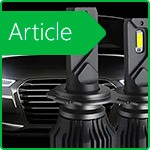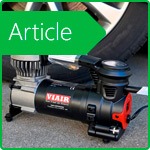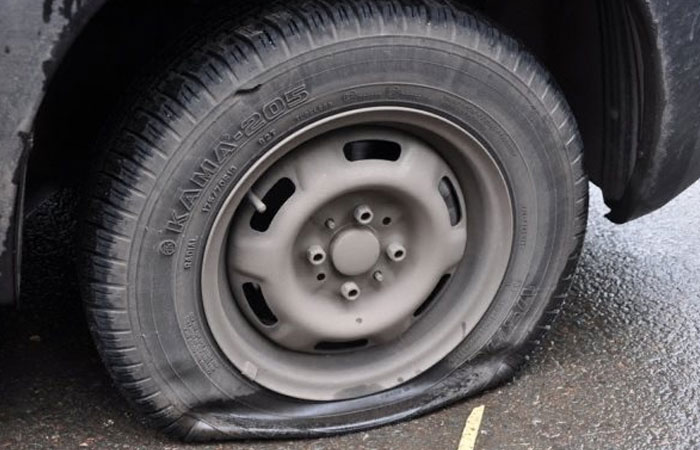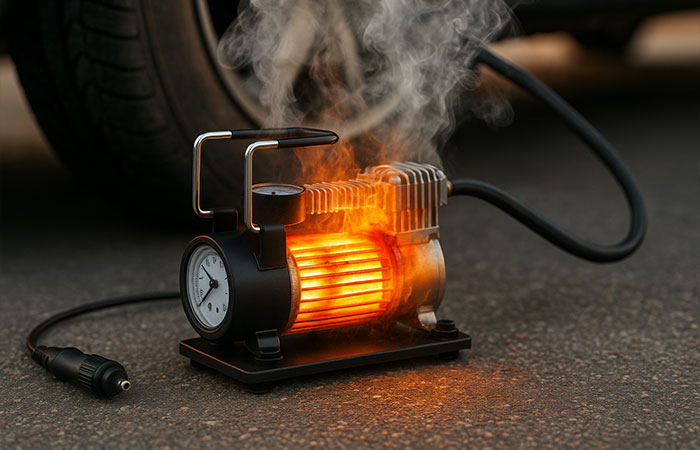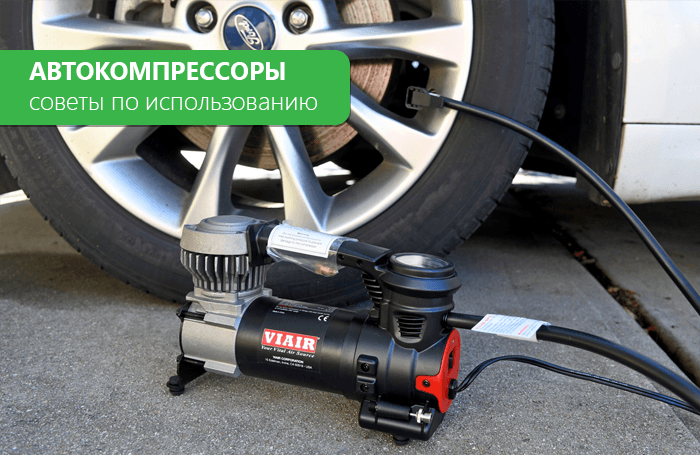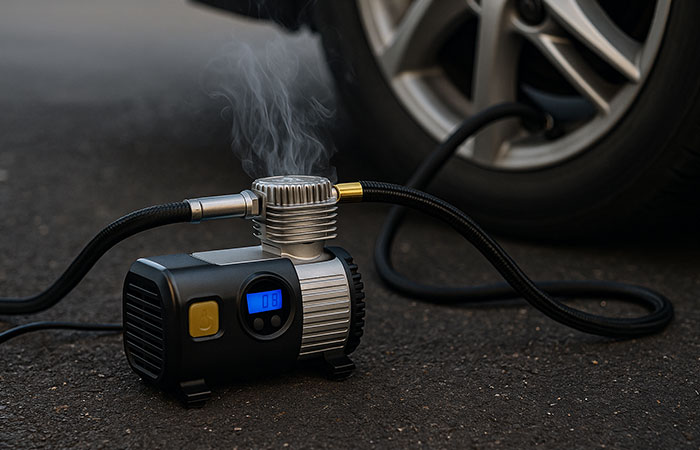Compressor or Pump — What's Really More Convenient on the Road?
Every driver has had to inflate a tire manually at least once. It's hard, time-consuming, and exhausting — especially while traveling. Today, most car owners have already switched to compressors, but hand pumps are still found in trunks. Why? And is it worth relying on them in 2025? Let's break down the pros and cons of each option.
Pump: Simplicity Tested by Time
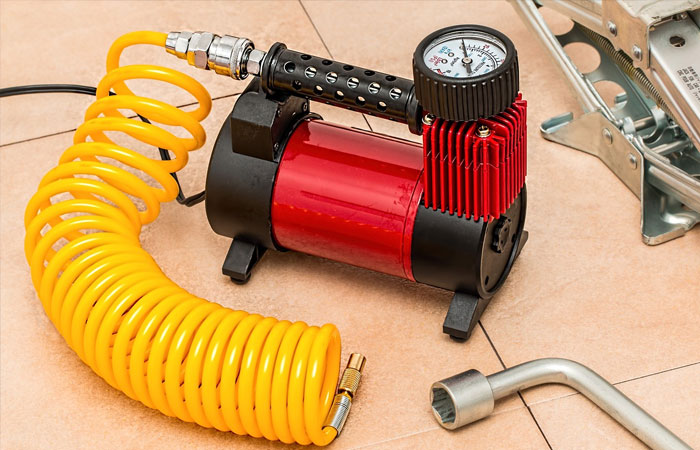
Hand or foot pump is a classic. It doesn't require electricity, works in any condition, doesn't overheat, and won't break from dust. But despite all these advantages, it has serious limitations:
- Physical effort: inflating a flat tire requires a lot of strength and time.
- Inaccuracy: built-in gauges often give false readings, especially over time.
- Limited use: for SUVs, minivans, and cars with trailers, such a pump is nearly useless — the tire volume is too large.
A pump can save the day in an emergency, but as a permanent solution — it's questionable. Especially for those who travel frequently or live outside the city.
Compressor: Maximum Convenience with Minimum Effort

A compressor is no longer a luxury but a norm. Modern models are compact, powerful, and versatile. Plugged into the cigarette lighter or battery, with auto-stop, digital gauge, and built-in flashlight — it makes the inflation process incredibly easy.
Advantages are obvious:
- Speed: a quality compressor inflates a tire in 2–5 minutes.
- Accuracy: set the pressure and avoid over-inflation.
- Versatility: suitable not just for tires but also boats, air mattresses, and balls.
- Safety: no need to spend long outside the car — especially important at night or on highways.
The key is to choose a model with suitable power and hose length. It's better if the compressor connects directly to the battery — those are more powerful and stable.
When a Pump Might Be Better
Despite the obvious advantage of compressors, a hand pump can still be useful:
- in camping trips where there's no access to electricity;
- as a backup if the compressor fails;
- for inflating bicycles, strollers, or small tires in remote areas.
But even in such cases, people increasingly opt for portable compressors with built-in batteries. They don’t need an outlet and can run for 10–20 minutes without recharging.
What to Choose: Compressor or Pump?
If the car is used regularly, especially for long trips — the choice is clear: compressor. It saves effort, time, and reduces risks on the road. The pump — only as an emergency option or addition.
Conclusion: a compressor has long become an essential part of any car kit. A pump is a "plan B" when nothing else is available. But relying on it alone — is like driving without a spare tire: one day you'll regret it.
-
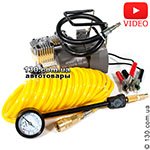 Tire inflator Berkut R17Buy4596 ₴ 4279 ₴
Tire inflator Berkut R17Buy4596 ₴ 4279 ₴ -
 Tire inflator Berkut R20Buy7739 ₴ 7279 ₴
Tire inflator Berkut R20Buy7739 ₴ 7279 ₴ -
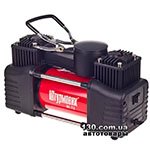 Buy
Buy
-
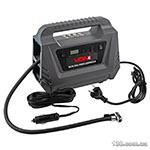 Tire inflator VOIN VC-220 AC/DCBuy2449 ₴ 1801 ₴
Tire inflator VOIN VC-220 AC/DCBuy2449 ₴ 1801 ₴
Feature articles
Compressor or Pump — What's Really More Convenient on the Road?
Every driver has had to inflate a tire manually at least once. It's hard, time-consuming, and exhausting — especially while traveling. Today, most car owners have already switched to compressors, but hand pumps are still found in trunks. Why? And is it worth relying on them in 2025? Let's break down the pros and cons of each option.
Pump: Simplicity Tested by Time

Hand or foot pump is a classic. It doesn't require electricity, works in any condition, doesn't overheat, and won't break from dust. But despite all these advantages, it has serious limitations:
- Physical effort: inflating a flat tire requires a lot of strength and time.
- Inaccuracy: built-in gauges often give false readings, especially over time.
- Limited use: for SUVs, minivans, and cars with trailers, such a pump is nearly useless — the tire volume is too large.
A pump can save the day in an emergency, but as a permanent solution — it's questionable. Especially for those who travel frequently or live outside the city.
Compressor: Maximum Convenience with Minimum Effort

A compressor is no longer a luxury but a norm. Modern models are compact, powerful, and versatile. Plugged into the cigarette lighter or battery, with auto-stop, digital gauge, and built-in flashlight — it makes the inflation process incredibly easy.
Advantages are obvious:
- Speed: a quality compressor inflates a tire in 2–5 minutes.
- Accuracy: set the pressure and avoid over-inflation.
- Versatility: suitable not just for tires but also boats, air mattresses, and balls.
- Safety: no need to spend long outside the car — especially important at night or on highways.
The key is to choose a model with suitable power and hose length. It's better if the compressor connects directly to the battery — those are more powerful and stable.
When a Pump Might Be Better
Despite the obvious advantage of compressors, a hand pump can still be useful:
- in camping trips where there's no access to electricity;
- as a backup if the compressor fails;
- for inflating bicycles, strollers, or small tires in remote areas.
But even in such cases, people increasingly opt for portable compressors with built-in batteries. They don’t need an outlet and can run for 10–20 minutes without recharging.
What to Choose: Compressor or Pump?
If the car is used regularly, especially for long trips — the choice is clear: compressor. It saves effort, time, and reduces risks on the road. The pump — only as an emergency option or addition.
Conclusion: a compressor has long become an essential part of any car kit. A pump is a "plan B" when nothing else is available. But relying on it alone — is like driving without a spare tire: one day you'll regret it.
-
 Tire inflator Berkut R17Buy4596 ₴ 4279 ₴
Tire inflator Berkut R17Buy4596 ₴ 4279 ₴ -
 Tire inflator Berkut R20Buy7739 ₴ 7279 ₴
Tire inflator Berkut R20Buy7739 ₴ 7279 ₴ -
 Buy
Buy
-
 Tire inflator VOIN VC-220 AC/DCBuy2449 ₴ 1801 ₴
Tire inflator VOIN VC-220 AC/DCBuy2449 ₴ 1801 ₴











